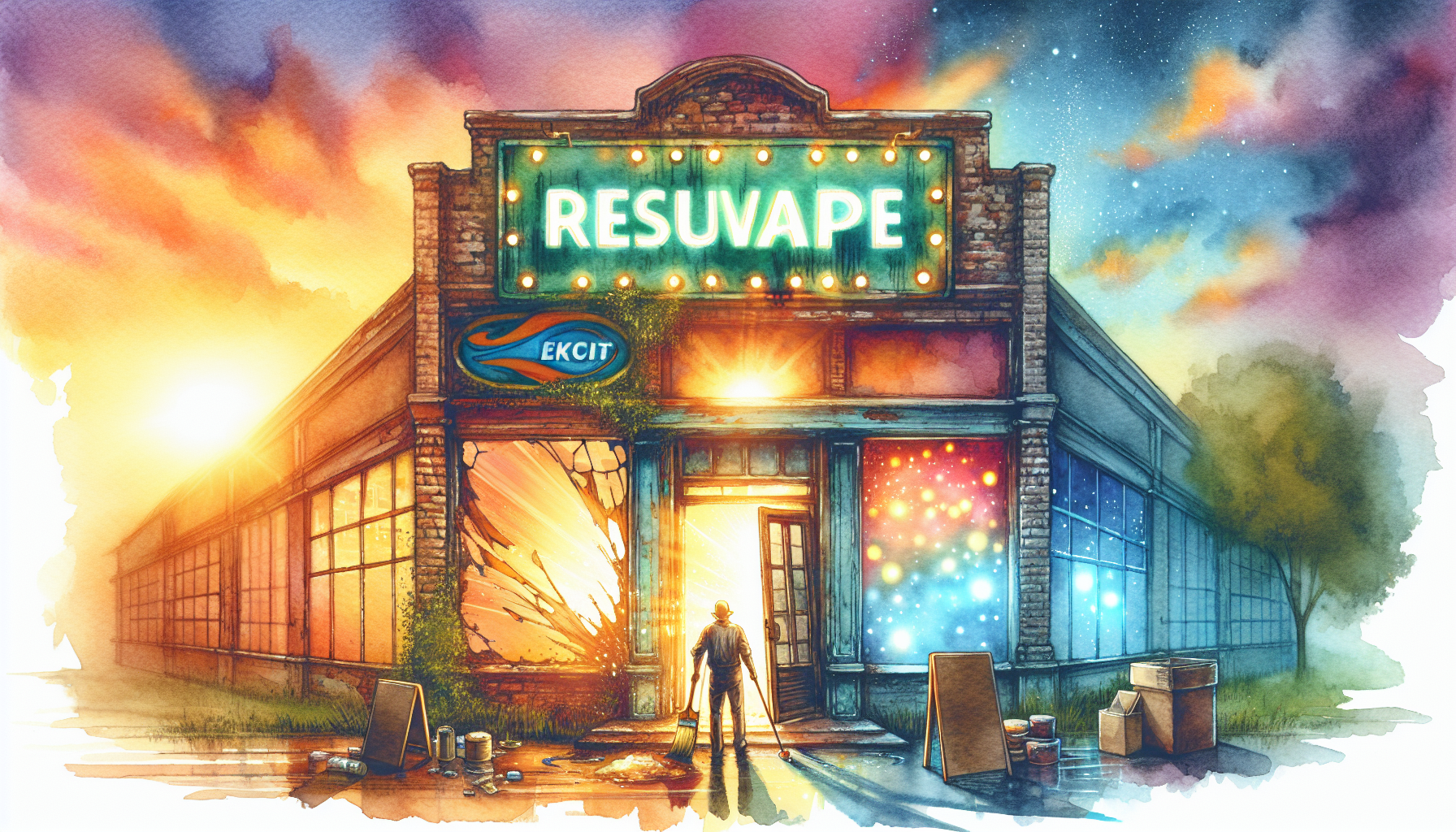However, these setbacks don’t necessarily spell the end for the once-thriving brands. They can be resurrected, and today, we delve into this fascinating process of brand resurrection.
Brand resurrection refers to the strategic process of reviving a brand that has lost its luster or has even ceased operations. This process involves revamping the brand’s identity and repositioning it in the market to recapture its former glory or surpass it. When done well, brand resurrection can yield significant benefits.
Several major brands have successfully embraced this strategy. They acknowledge the past but strive to create a better future, leveraging the brand’s heritage while redefining and modernizing its image.
So, how does one breathe life back into a dormant brand?
Firstly, understanding the reasons for the brand’s initial decline is crucial.
Was it due to a change in consumer preferences, a flawed product, or an ineffective marketing strategy? Identifying and addressing these issues is the first step towards a successful brand resurrection.
Secondly, a thorough market research study is necessary to understand the current market demands and consumer preferences. This helps to create a clear vision of what the revived brand should look like to appeal to today’s consumer.
Thirdly, rejuvenating the brand’s image is pivotal. It involves rebranding efforts like redesigning the logo, revamping the website, and reviving the brand’s social media presence. These efforts should not only echo the brand’s heritage but also resonate with the modern consumer.

Fourthly, repositioning the brand in the market is necessary. This entails creating and communicating a new, compelling brand story. The story should capture the essence of the brand, its journey, its fall, and its comeback.
The story becomes a powerful tool to engage consumers and trigger an emotional connection.
Lastly, a robust marketing strategy is necessary to launch the resurrected brand. This could involve a media blitz, collaborations with influencers, experiential marketing, or leveraging digital marketing channels. The objective is to create buzz and awareness, driving consumers to experience the revived brand.
Despite the immense potential, brand resurrection is not without its challenges. It requires a significant investment of time, resources, and capital. Furthermore, it’s not guaranteed to work every time. There’s a risk that the revived brand might not resonate with consumers as expected, leading to another decline.
However, these challenges shouldn’t deter businesses from exploring brand resurrection.
Considering the ever-evolving consumer behavior and the rise of nostalgia marketing, resurrecting a brand could be the key to stealing a march on the competition.
Overall, the power of brand resurrection can’t be underestimated. It’s a fascinating strategy that combines the best of the past and present, creating a promising future for brands that have lost their way. So, even if a brand goes dormant, don’t write it off completely. It might just be gearing up for resurrection. Keep watching this space!